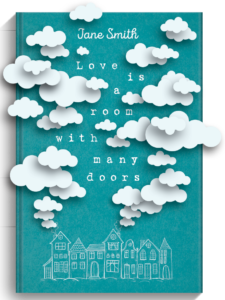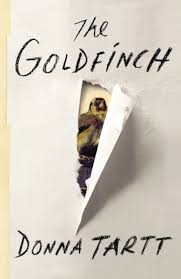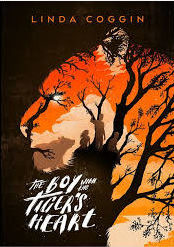Introduction
If I am being honest, I took this class to fill a credit because my previous art class could not be taken online. That being said however, it does not mean that this class is of no interest to me. A long time ago, probably around 8th or 9th grade, I took a graphic design class as a requirement. As a person who does not really enjoy working on computers, I was very skeptical about the class but made sure to go in with an open mind. The first few days the teacher sure threw a lot of information at us and I soon became very overwhelmed and was even more unsure than before. Once we began out first projects however, my mind set began to change. I am an artist myself, a painter to be exact, and it was interesting to be able to express myself on another platform. It brought a new perspective to art and what I create and I began to look forward to beginning new projects and seeing what my fellow peers would create. All of that being said, while I took this class to fill a credit, I still look forward to having the ability to express myself on another platform of art again because every art work includes some piece of the artists personality.
Environmental Design
Environmental design was the first type of graphic design that interested me the most because of the fact that it is three-dimensional. I feel as though a lot of graphic design is two-dimensional or only gives the illusion of three-dimensional and so to me, environmental design is so amazing. This particular type of design is not just about the visual, it also relies on sound, lighting, and the ability to interact and it blows me away just how much thought and work goes into this type of design. Going to museums and such I never really appreciated the work that went into each exhibit. I know now though that without environmental design, I would not have loved field trips like the Hartford, Connecticut Science Center as much as a kid. It is the ability of environmental designers and architects that make exhibits and convention tables really come alive. I was also interested to see that there are different types of environmental graphic design with each type having their own ways and methods of completing a piece of work.
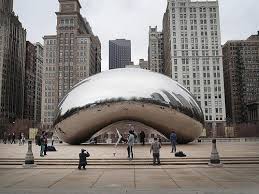
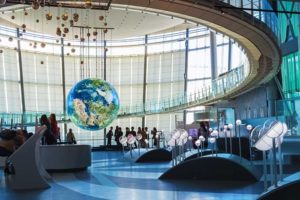

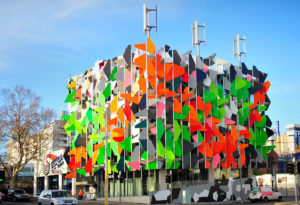
Book Jacket Designs
The second type of graphic design that I found the most interesting was book covers (a.k.a. book jackets). As a person who enjoys reading, I always believed that it was simply the mini description on the back of the book that made me the most interested in it. I never stopped to think though- what is the reason I pulled this book off the shelf to begin with? The answer to the question is simple, it is the cover that catches my attention first and leads to me reading the mini description on the back. While a book may be very good, if its looks do not capture the attention of a reader, then that story may not be heard. As a general rule of thumb, the more interesting and exciting a book cover is, the more likely I am to find interest in it and want to read it. After reading what we were asked to read, I actually took a look at the books I have read that are in my room. A lot of the books had very colorful covers or had a design that was extremely mesmerizing and very creative. Then I took a look at the pile of books I have not read yet. Some of them I have simply not gotten around to reading, but others have no cover and so did not look interesting to me or had covers that were confusing and made me too skeptical about the book to read it. Take a look at these two links and you can certainly see this difference between a good book cover and a not so good book cover. I began to have a greater appreciation for the work and dedication that goes into a book cover and making the book successful as a whole. I even began to wonder what I might do for my cover if I was to ever write a book.

